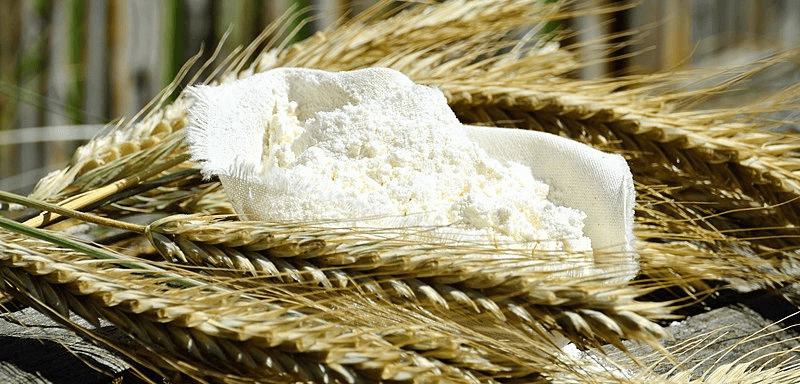Nearly all soy and corn exporters plant genetically modified seeds. Why, so far, is there a dearth of GM wheat?

Nearly all corn and soybean acres in the world’s largest exporting countries are seeded with genetically modified varieties, but that is not the case for wheat, a crop grown primarily for human food.
Biotech varieties of corn and soy, used for animal feed, biofuels and ingredients like cooking oil, were introduced in 1996 and soon came to dominate plantings in the United States as well as Brazil and Argentina, the world’s top suppliers.
But genetically modified wheat has never been grown for commercial purposes due to consumer fears that allergens or toxicities could emerge in a staple used worldwide for bread, pasta and pastries.
Now, growing concerns about a possible global food crisis being triggered by climate change and war in Ukraine may be chipping away at opposition.
Argentine biotech company Bioceres is shaking up the status quo by developing wheat genetically modified to better tolerate drought, positioning itself ahead of larger global companies that are still steering clear.
Brazil has become the second country in the world after Argentina to approve the cultivation of genetically modified wheat, after a request from a Bioceres partner.
Source: Genetic Literacy Project
